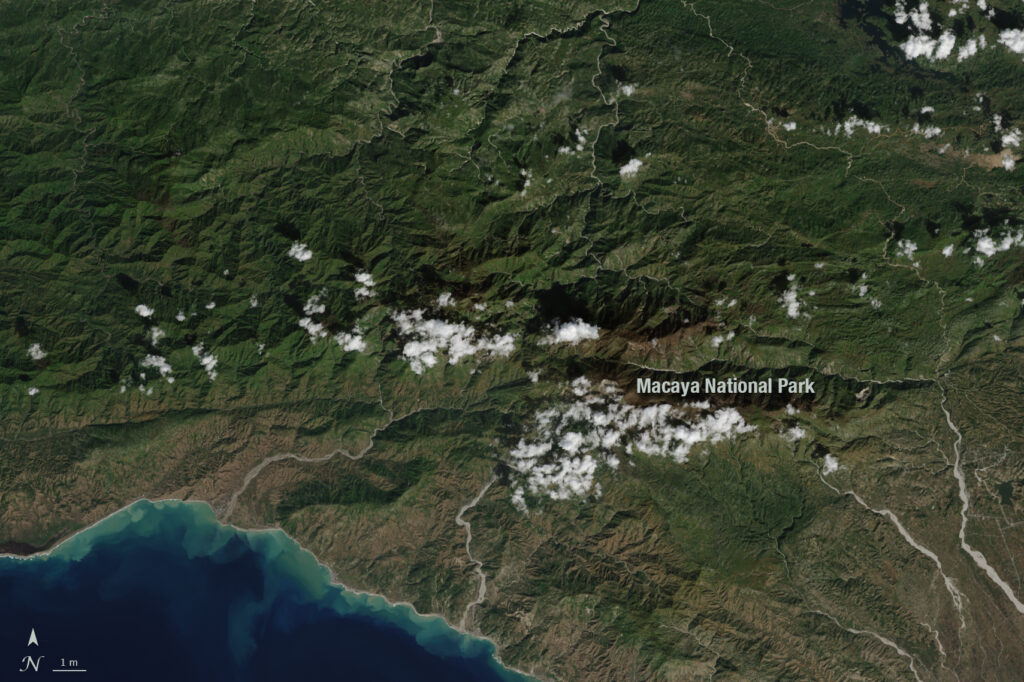
Frank Padula and coauthor John Schott received two prestigious awards at the American Society for Photogrammetry and Remote Sensing (ASPRS) Conference in Milwaukee, Wisconsin. At yesterday’s ASPRS Awards Luncheon, Padula’s paper, “Historic Calibration of the Thermal Infrared Band of Landsat-5 TM,” received first place for both the 2011 John I. Davidson President’s Award for Practical Papers and the 2011 ERDAS Award for Best Scientific Paper in Remote Sensing.
This achievement is testament to the import of Padula’s work. His NASA-funded research has shown that the thermal band of the Landsat 5 Thematic Mapper instrument has been incredibly stable over its lifetime, varying only ~1K (~1.8º F). Launched in 1984 with a 3-year mission life, Landsat 5 is still operating today. Padula has provided essential information about the Landsat 5 thermal band performance during the 1985–1999 Landsat commercialization period when no post-launch calibration information was made available and no vicarious calibration efforts were made. (Calibration ensures that measurements made remotely by Landsat match actual surface measurements. Vicarious calibration involves simultaneous satellite and ground measurements).
Using free historical data available from NOAA (moored buoy, radiosonde, and surface observations), Padula was able to reconstruct a vicarious calibration. Padula used study sites located in the Great Lakes and just off of the Delaware Bay in the Atlantic Ocean. From those locations he gathered 214 calibration points from 168 Landsat 5 scenes acquired between 1984 and 2007. After a rigorous validation process, the end result is a robust approach to calibrate Landsat thermal data. His method can be used for both historical and newly acquired data.
As Padula’s advisor and coauthor, John Schott, told the Rochester Institute for Technology’s Angie Cooper, “Because we previously had no absolute [Landsat thermal] calibration, we could only measure differences in apparent temperature within an image. Now we can use the data to track changes over time and measure absolute temperatures as well as measure differences within the images. This will enable researchers to better understand the role temperature plays in both driving environmental conditions, and as a response variable to small scale climate variations.”
Further Information:
+ Padula, F.P. and J.R. Schott (2010). “Historic Calibration of the Thermal Infrared Band of Landsat-5 TM,” PE&RS vol. 70 no. 11, pp. 1225–1238.
+ Woods Hole Research Center [external link]
ASPRS Media Contact:
Heather Staverman, ASPRS Public Affairs






